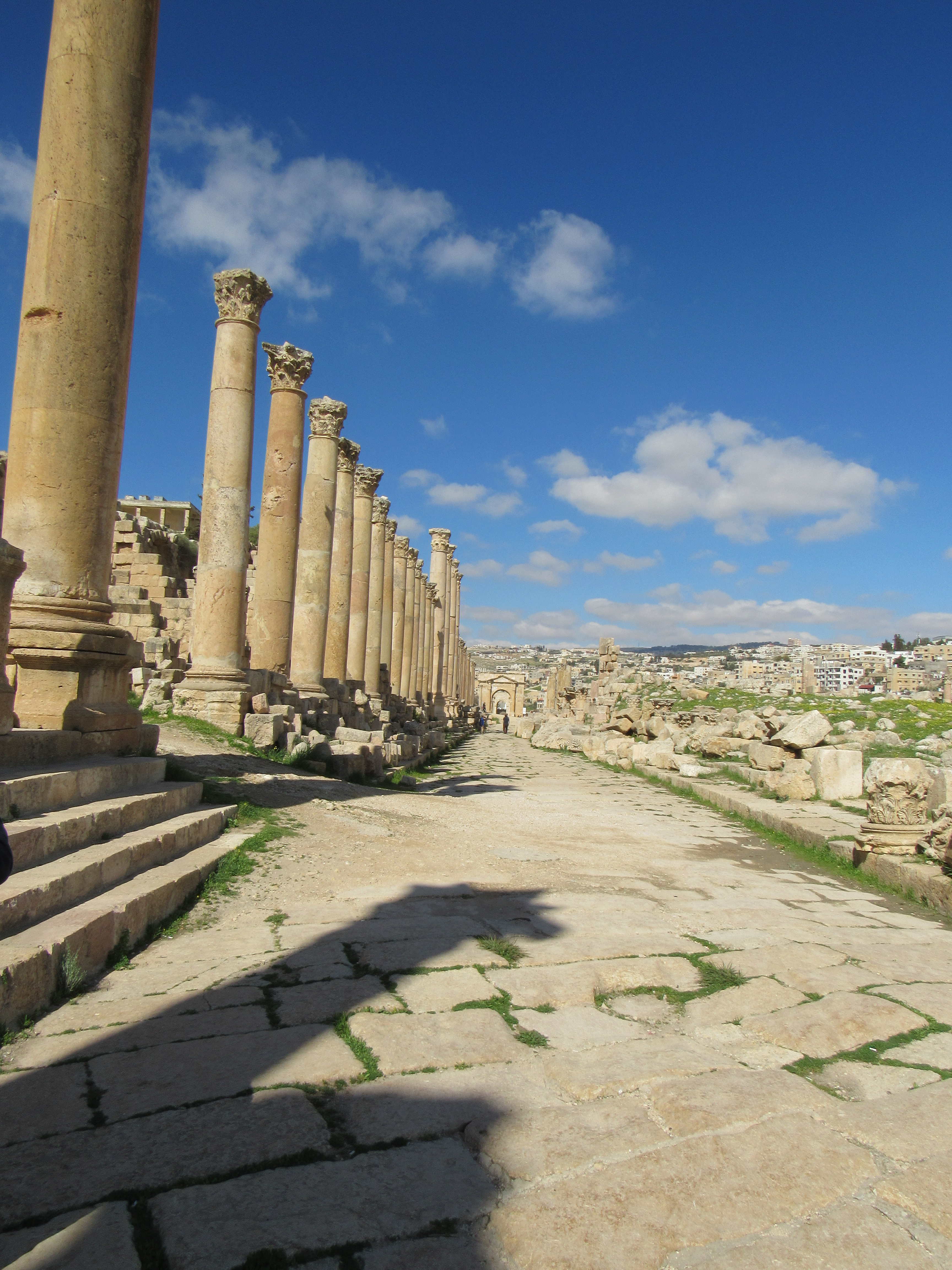Introduction
The healing of blind Bar-Timaeus (Βαρ-Τιμαῖος), in Mark 10, may appear to be one of the simplest and least spectacular of Jesus’ miracles, but beneath the surface of this brief periscope is a key reoccurring theme of Jesus’ ministry and Greco-Roman culture. Providing hospitality to travelers/beggars (Xenia – ξενία), and the related concept of gods, angels and/or heroes arriving disguised as travelers or beggars (Theoxenia – θεοξενία), are frequent themes in the Bible (in both the Hebrew and Christian scriptures), as well as in Greco-Roman myth and culture.
Bar-Timaeus may be more than a blind beggar. His “hidden identity” may be that of a Greco-Roman philosopher who has chosen a beggar’s life. And his deepest desire may not be the restoration of physical sight, but obtaining spiritual enlightenment that only Jesus, the Son of David (Υἱὲ Δαυὶδ) can give.
Bar-Timaeus’ healing, in Mark’s gospel, is also a pivotal point for Jesus revealing his “hidden identity,” what some have termed the “messianic secret.” Earlier in his ministry, Jesus instructed those he healed to not “tell this to anyone” (Mark 1:44). When demons begin to announce Jesus’ hidden identity as “Son of God,” Jesus commands them to be silent and “gave them strict orders not to tell others about him” (Mark 3:11-12). Mark 1:34 says, “(Jesus) cast out many demons, but he would not allow the demons to speak because they knew he was the Messiah.” When speaking to the Twelve, Jesus told them, “To you has been given the secret of the kingdom of God. But to those on the outside everything is given in parables” (Mark 4:11). Later, when Jesus asked his closest disciples, “‘Who do you say that I am?’ Peter answered, ‘You are the Messiah.’ Jesus warned them they should tell no one about him” (Mark 8:29-30).
When Jesus encounters Bar-Timaeus, however, Jesus no longer seeks to conceal his “hidden identity.” When Bar-Timaeus calls him “the Son of David,” synonymous with Messiah, Jesus does not command him to be silent; and several hours later, when Jesus nears Jerusalem, he rides into the city in a symbolic manner that proclaims his “hidden identity” to anyone familiar with the scriptural prophesies about the Messiah, the anointed King of Israel.
TO CONTINUE WITH THE ARTICLE, PLEASE GO TO: https://fuller.academia.edu/DanielMolyneux



